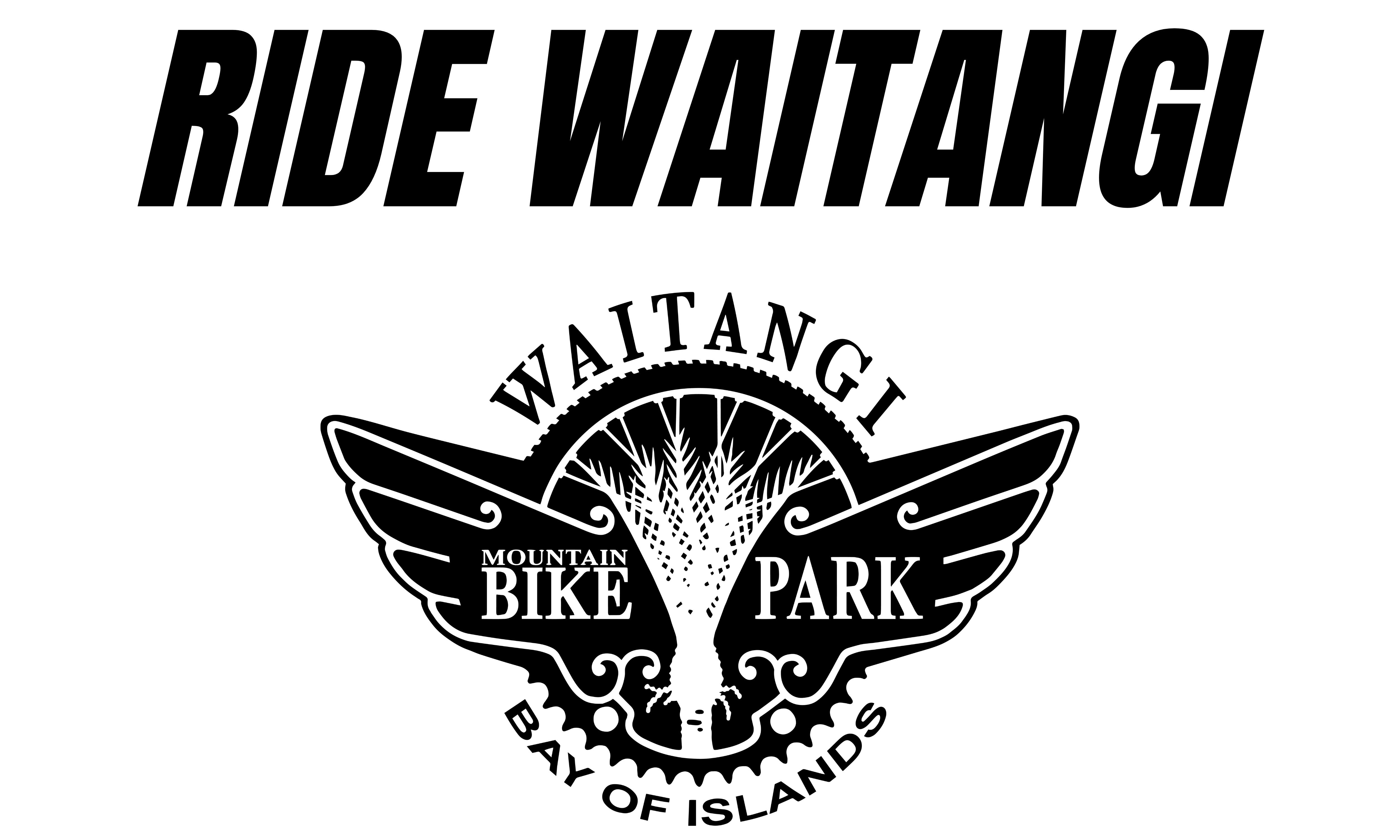From a Maori perspective, this land is prime real estate. When Maori ancestors settled here 1000 years ago this place would have been an amazing sight, perfect for human occupation. For many generations there were massive gardens here as this land has rich volcanic soil, the best along the whole Bay of Islands coastline. The local Maori inhabitants always had access to a great abundance of fish, seafood, birds, bracken fern, nutritious vegetables, flax for rope, trees for housing materials, medicinal healing plants and pure fresh water. Another big bonus was the warm climate. A major source of all this vibrant life force is the dominant land mark features, the twin volcanic cones called Te Puke. This area is illustrated in an 1827 painting by the famous artist Augustus Earle.
History

Waitangi Endowment Forest Pre-History
Foreign explorers and trading ships started arriving to these shores around the 1800’s. Missionaries such as Henry Williams, Charles Baker, Richard Davis, William Hall and Thomas Kendall were among the first Europeans to visit the Maori village that was well established at the Te Puke Cones. It was one of the most heavily populated areas in the Bay of Islands. British Resident James Busby conferred in his journals that Te Puke Cones was a stronghold of the Ngati Kawa, Te Matarahurahu and Ngati Rahiri tribes.
For centuries Maori practiced their ancient custom whereby all members of the tribe shared a collective interest in the land. This varied in contrast to the European’s individual land ownership model. Archival records from around 1815 to 1839 identify the Maori Leaders Hone Heke Pokai, Peia, Tuhirangi, Marupo, Te Kemara, Waraki and others as being involved in title arrangements with William Hall, Thomas Kendall and James Busby. These were pre-treaty [1840] exchanges between two cultures. The core issue under investigation today is determining whether these pre-treaty title arrangements occurred in accordance with Maori Tribal Lore or European Law. A wide combination of Maori and Pakeha interest groups are aiming to settle and agree upon what transpired back then whilst simultaneously developing workable solutions that satisfies all parties on how this land should be managed now and into the future. However, in the interim, the local Maori tribes still maintain that their traditional whakapapa connection is the source of their inter-generational custodianship rights over the land. This particular tribal claim to custodianship has never been extinguished due to an ever enduring period of peace prevailing over this land from 1840 right up to 2016.
In 1932, the Governor General of New Zealand, Lord Bledisloe, gifted the Waitangi Treaty Grounds to the nation and via an Act of Parliament constituted a governance structure, the Waitangi National Trust Board, to administer the estate. Part of the Bledisloe gift included the Waitangi Endowment Forest. The network of Waitangi Mountain Bike Park trails weave in and out of the Waitangi Endowment Forest which is currently under the management of the Department of Conservation.


NGA POUPOU O TAHUHUNUI O RANGI
The second and third Pou – Ka kata nga puriri o Taiamai is a popular proverb recited by our elders. This makes particular reference to the descendants of Tahuhunui O Rangi keeping the home fires burning. Over the many generations tribes such as Ngati Kawa, Te Matarahurahu, Ngati Rahiri, Ngati Hineira, Ngati Rangi, Te Uri Taniwha and others formed political, economic and military alliances to maintain undisturbed possession of the Taiamai territories which spreads east of the volcanic plateau surrounding the Pouerua mountain, down the water river catchment and all the way across to the tides of Waitangi.
The fourth Pou – Oromahoe is a place located between Pouerua and the Waitangi river. Its name originated from the echo (oro) heard coming from the mahoe trees. The founding ancestor of the Ngati Kawa tribe is Kawa who named Oromahoe as of right due to him inheriting his territorial status from his father Tahuhunui O Rangi. In Oromahoe there is a marae or meeting place and on this marae is a tribal house named NGATIKAWA. Within this tribal house is an artifact that represents the mauri or life force of the mountain Pouerua. Maintaining possession of that life force artifact signifies that the Ngati Kawa tribe is recognized today as the caretakers of Pouerua.
The fifth Pou – Ahuaiti lived on Pouerua within the house of her great grandfather Tahuhunui O Rangi. Rahiri was a warrior who came from Hokianga to marry Ahuaiti and they begat their eldest son Uenuku. Kawa’s great granddaughter Kareariki married Uenuku and from that union came the famous ancestress Maikuku who was sent to live in a cave at Waitangi. Huatakaroa came on his canoe from Whangaroa to enter Maikuku’s cave. As Huatakaroa peered through the entrance way Maikuku expressed that the cave was a dark place. Huatakaroa said that the cave faces in an eastern direction towards the shining rays of the sun, Te Hirihiri O Te Raa. It was from these very words that Huatakaroa and Maikuku named their eldest son Te Raa who is the founding ancestor of the Ngati Rahiri tribe. The word Rahiri in this tribe’s name represents an abbreviated version of the saying Te Hirihiri O Te Raa. Ko Waitangi te Whenua. Ko Te Raa te Tupuna. Ko Ngati Rahiri te Hapu.

Want to support and help build something great?
Learn more about our sponsorship and donor opportunities
Learn More